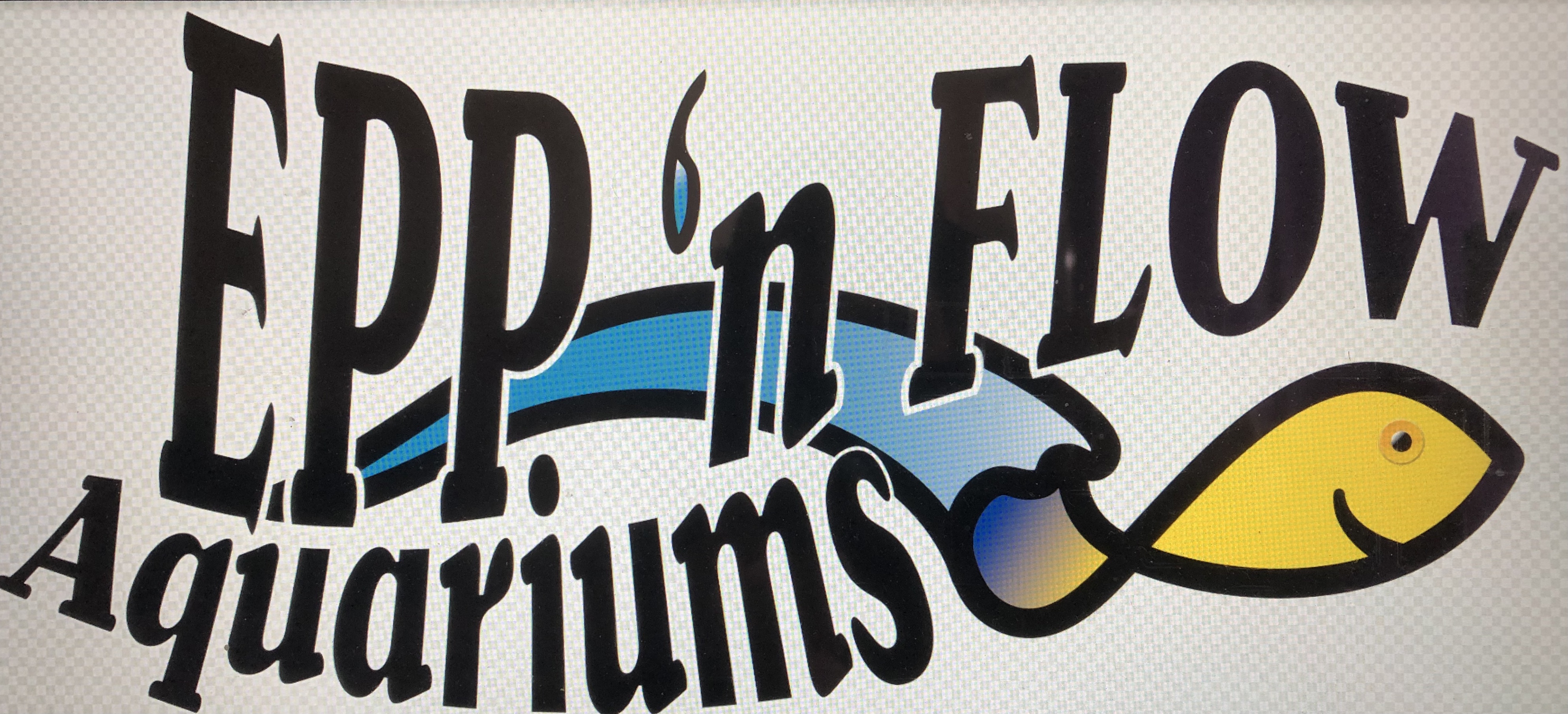NATURALIZING the AQUARIUM BIOTOPE with AQUARIUM BOTANICALS
- Epp’nFlow Aquariums

- Mar 2, 2022
- 4 min read
Updated: Oct 20, 2024
Aquarium botanicals have become increasingly popular with hobbyists looking beyond stones and driftwood to discover that adding leaves, bark, branches and seed pods both look incredibly natural and provide benefits that promote natural fish behaviours in the aquarium.

AQUARIUM BOTANICALS release concentrated TANNINS
Natural decay of leaves and woody materials, like seed pods or driftwood, slowly release organic tannic, humic, and fluvic acids when submerged as they decompose.
The resulting tea colour darkness is proportional to decaying debris and dissolved organic carbon (DOC).
Hobbyists that find the tea colour unsightly may pre-soak to release tannins prior to adding to the aquarium. Also, using Seachem Purigen or activated carbon will remove the tint while allowing the botanicals to provide other benefits.
The organic acids released during decomposition will lower water pH and soften the water (lower the carbonate hardness (KH)).
Note: Extremely low KH can lead to unstable pH levels - monitor KH periodically to maintain a pH buffer.
Water tinted by tannins also provides ultraviolet (UV) protection by filtering sunlight, aka "sunscreen" in nature or outdoors.

AQUARIUM BOTANICALS prevent DISEASE
Tannins also have inherent anti-bacterial (antibiotic) and anti-fungal properties that once protected the plant against pathogens above water and now protect and provide for fish.
These disease fighting properties are useful for preventing fin rot and slime coat diseases and preventing egg fungus when breeding.
Research on guava leaf extract has found benefits to both fish and shrimp health.
AQUARIUM BOTANICALS provide BIOFILM
Periphyton or biofilm results from the decomposition of organic matter in the aquarium which provides microscopic foods for detritivores, small, and challenging fish.
Excellent for fry, bettas, dwarf cichlids, shrimp, and any grazing catfish.
The most common example of biofilm is the cottony growth that forms on new driftwood within a week or two of submerging the wood in the aquarium.
Note: Although unsightly, driftwood biofilm is harmless and will eventually disappear. The film can also be scrubbed off easily if preferred.
AQUARIUM BOTANICALS enhance NATURAL BEHAVIOUR
By including the botanical elements in the aquarium, it provides the inhabitants with a more interactive and dynamic environment.
The golden coloured tannins may encourage more natural fish colouration, hierarchical displays, and mating displays.
Tannins may reduce aggression between fish due to reduced visibility.
Coconut huts, seed pods, and other woody botanicals provide excellent breeding shelters for cave spawning fish.
Adding botanicals to an aquarium can trigger breeding of some fish and may simulate seasonal changes experienced in the wild environment.
AQUARIUM BOTANICALS for SOFT WATER INHABITANTS
Add Aquarium Botanicals to aquariums dedicated to soft water aquarium fish.
Note: Generally, any habitat that is compatible with driftwood is also compatible with other botanicals.
Many soft water species are found in South America, West Africa, and Asia, including:
Cichlids (Angelfish, Geophagus, Apistogramma, Kribensis, etc.) (ie. NOT Rift Lake)
Characidae (Tetras, Hatchetfish, Pencilfish, etc.)
Anabantidae (Bettas, Gouramis, ect.)
Cyprinidae (Barbs, Rasboras, etc.)
Catfish (Corydoras, Loricariidae, etc.)
Killifish
Neocaridina and Caridina Shrimp

** COLLECTING DISCLAIMER **
Only collect leaves and organic products for aquarium use if guaranteed to be pesticide-free and only if you can identify the plant.
Verify that the plant parts are safe for human and aquarium use and begin processing.
Processing BOTANICALS for the AQUARIUM
Sort what has been foraged based on size or quality.
Clean by rinsing leaves and other materials with tap water. Do not use soap or detergent in preparation.
Boil leaves for 15 minutes, boil bark and branches for 30 minutes, or soak and scrub items over a few days to remove excess organic material and initial biofilms, while items become waterlogged before use. Botanicals can be added to the aquarium after boiling.
Dehydrating time is variable based on the item and method. Placed on an oven sheet in the oven, with the door ajar, at 200F for 1-5 hours or in a kitchen food dehydrator at 135-200F for 1-5 hours. Ensure the product is dry for storage in a sealed container. Silicon desiccant packets are recommended for long-term storage.
EPP 'n FLOW AQUARIUMS has a variety of botanicals processed 'n-House!

Processing BOTANICALS for the AQUARIUM

Adding AQUARIUM BOTANICALS
EPP 'n FLOW AQUARIUMS processes botanical products 'n House, for you. This saves the customer time and energy when adding new botanicals to the aquarium. It is still recommended to rinse or briefly boil dried natural materials before adding them to the aquarium.
Boiling botanical products for 10 minutes will sanitize the material and encourage rapid sinking. Note: Save the "tannin tea water" and simmer to concentrate into a "tannin extract."
Add 2-3 leaves (or seed pods) per 10 gallons to achieve desired tannin concentration or leaf litter appearance. Replace or substitute with a different botanical product when decomposed.
Add larger pods and driftwood after boiling, or after soaking and scrubbing items over a few days to remove initial biofilms, and to sink.

NEXT: THE AQUARIUM BOTANICAL COLLECTION @ EPP 'N FLOW AQUARIUMS








More great information for the proper use and benefits of botanicals in the aquarium. Well laid out and explained.